Unlocking the Power of the Bacti Cinerator: An Essential Tool in Laboratory Settings

Bacti Cinerator by Kalstein The Bacti Cinerator by Kalstein is a revolutionary device dedicated to ensuring laboratory safety and efficiency. This apparatus is designed to sterilize tools, loops, and needles without the use of an open flame. This makes it an indispensable asset for any laboratory that seeks to maintain optimal standards of hygiene and […]
Comparative Analysis of Dual Head LED Operating Lamps: Kalstein YR06116 vs. Burton Prelude Series ELED
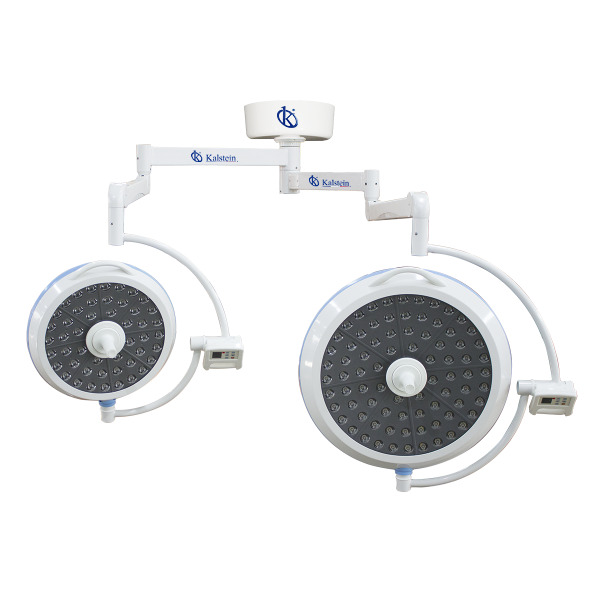
When it comes to surgical lighting, selecting the right operating lamp is crucial for ensuring precision and efficiency in medical procedures. In this article, we delve into a detailed comparison of two leading dual head LED operating lamps: the LED Shadowless Operating Lamp (Dual Head) YR06116 by Kalstein and the Prelude Series ELED Exam and […]
Optimized Laboratory Light Boxes: Kalstein vs. GTI
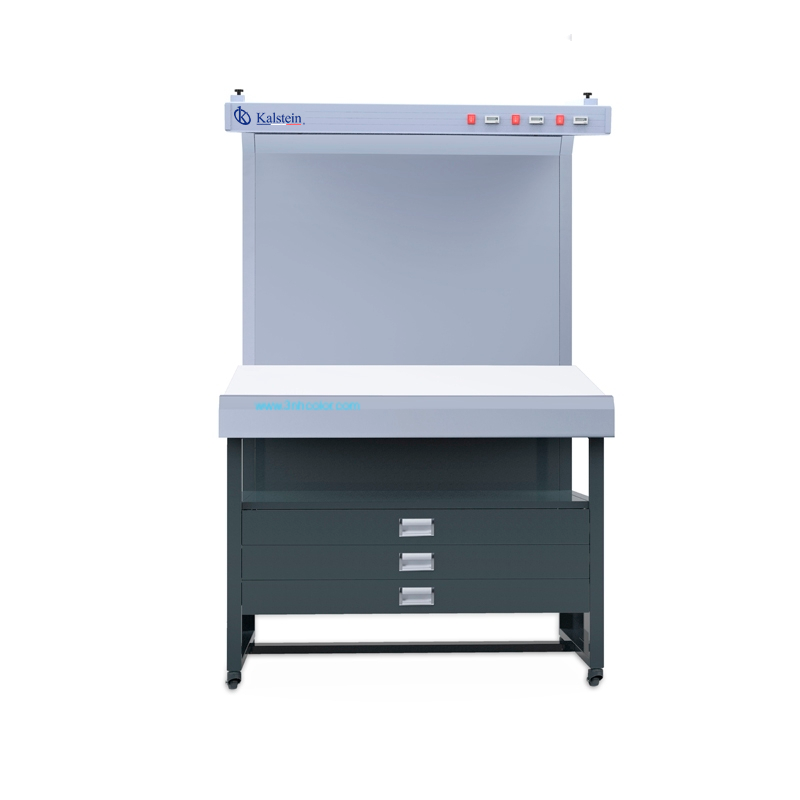
In the world of laboratory equipment, ensuring accurate color viewing is a critical component of many analyses and quality control processes. Two standout products in this category are the Color Viewer Light Box with Drawer YR05545 // YR05547 by Kalstein and the CC120 Light Box by GTI. Each model offers unique features that cater to […]
Comparative Analysis: Double Arm Anesthesia Pendant YR02080 by Kalstein vs. Anesthesia Pendant Model HM-3100 by Heal Force

In the realm of medical equipment, particularly anesthesia pendants, two leading products stand out in the competitive landscape: the Double Arm Anesthesia Pendant YR02080 by Kalstein and the Anesthesia Pendant Model HM-3100 by Heal Force. Both of these models offer state-of-the-art features aimed at enhancing the efficiency and safety of medical procedures. However, nuances in […]
Discover Advanced Veterinary Tonometers: A Must-Have Tool for Animal Eye Care
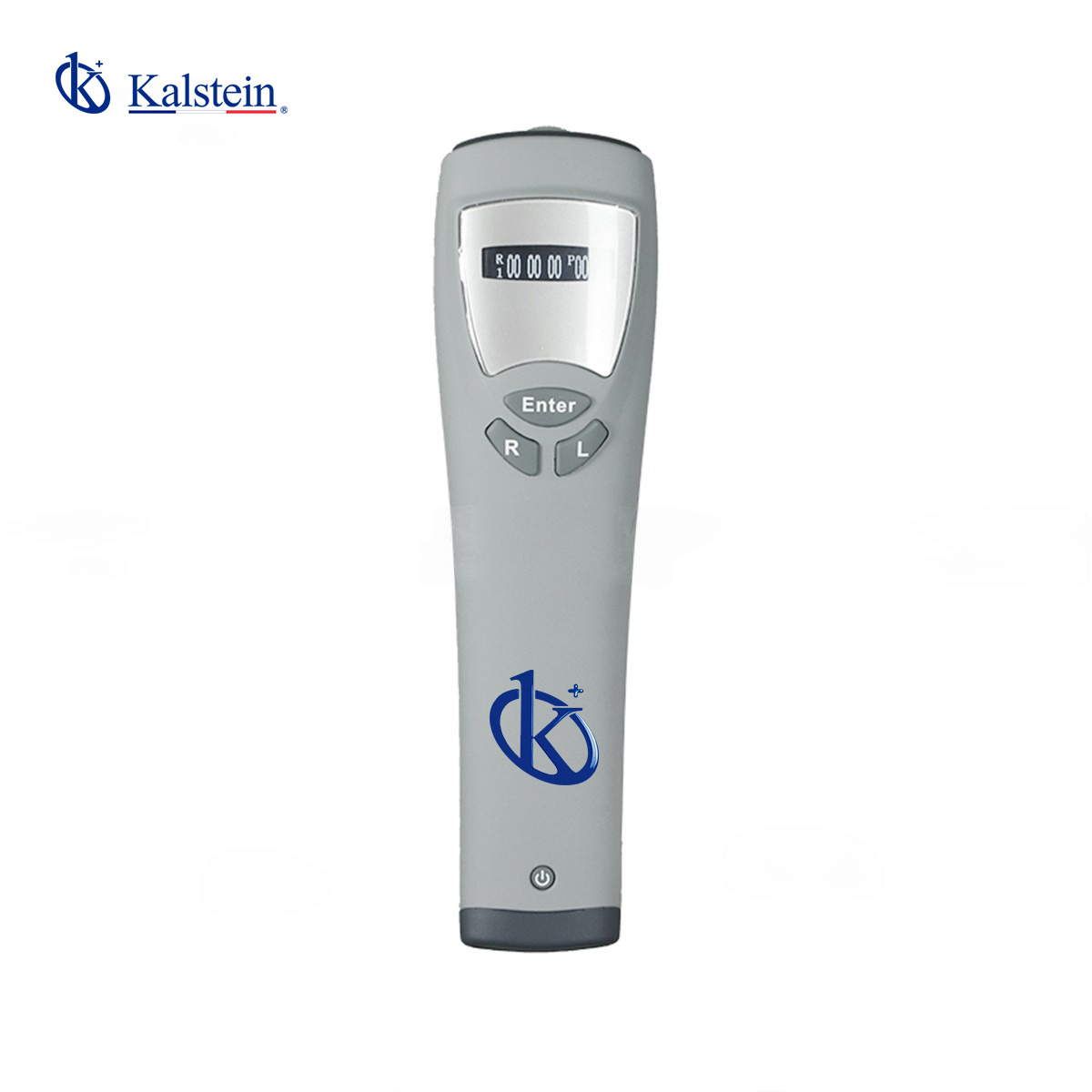
Veterinary Tonometer: Kalstein Brand Kalstein’s Veterinary Tonometer is a cutting-edge tool, essential for veterinarians committed to providing top-notch ocular care for animals. Renowned for its precision and reliability, this instrument is designed to assess intraocular pressure (IOP), a crucial factor in diagnosing ocular conditions such as glaucoma in animals. With its advanced technology, Kalstein makes […]
Unveiling the Power of Oxygen: Exploring Kalstein’s Oxygen Concentrators
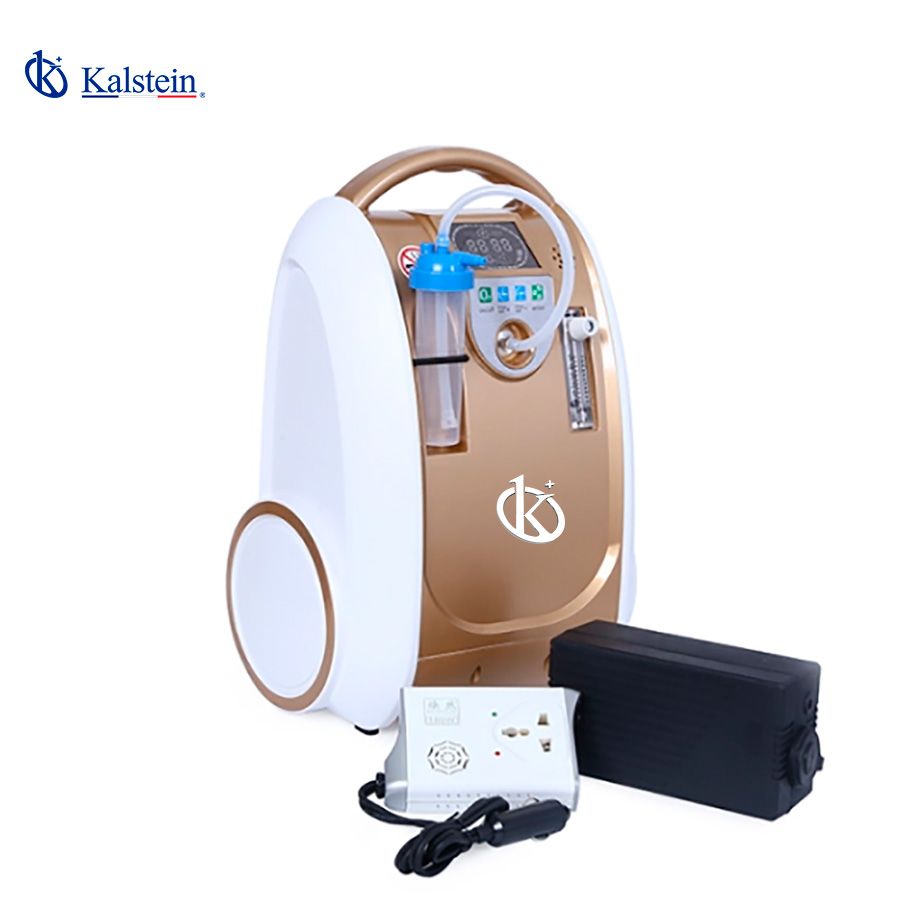
Oxygen Concentrator, Kalstein Brand Kalstein, a leader in medical technology, offers a sophisticated range of Oxygen Concentrators designed to meet diverse healthcare needs. These devices are crucial for delivering concentrated oxygen to patients requiring respiratory support. From hospitals to home care settings, Kalstein’s Oxygen Concentrators are trusted for their reliability and efficiency. One of the […]
Discover the Versatile World of Analyzers: Precision and Performance with Kalstein
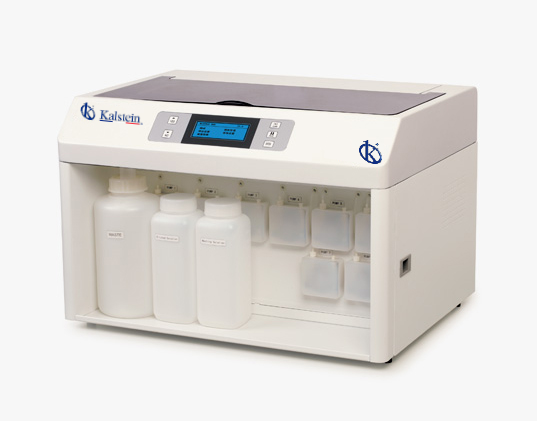
Analyzers by Kalstein When it comes to laboratory equipment, analyzers from Kalstein stand out as leaders in delivering accurate and reliable results. Our commitment to quality and precision has made these devices a trusted choice among laboratories worldwide. Having personally experienced the seamless integration and efficiency of these analyzers, I can attest to their outstanding […]
Vertical Electrophoresis: Comparing Kalstein YR03432 and Bio-Rad’s Vertical Electrophoresis Cell
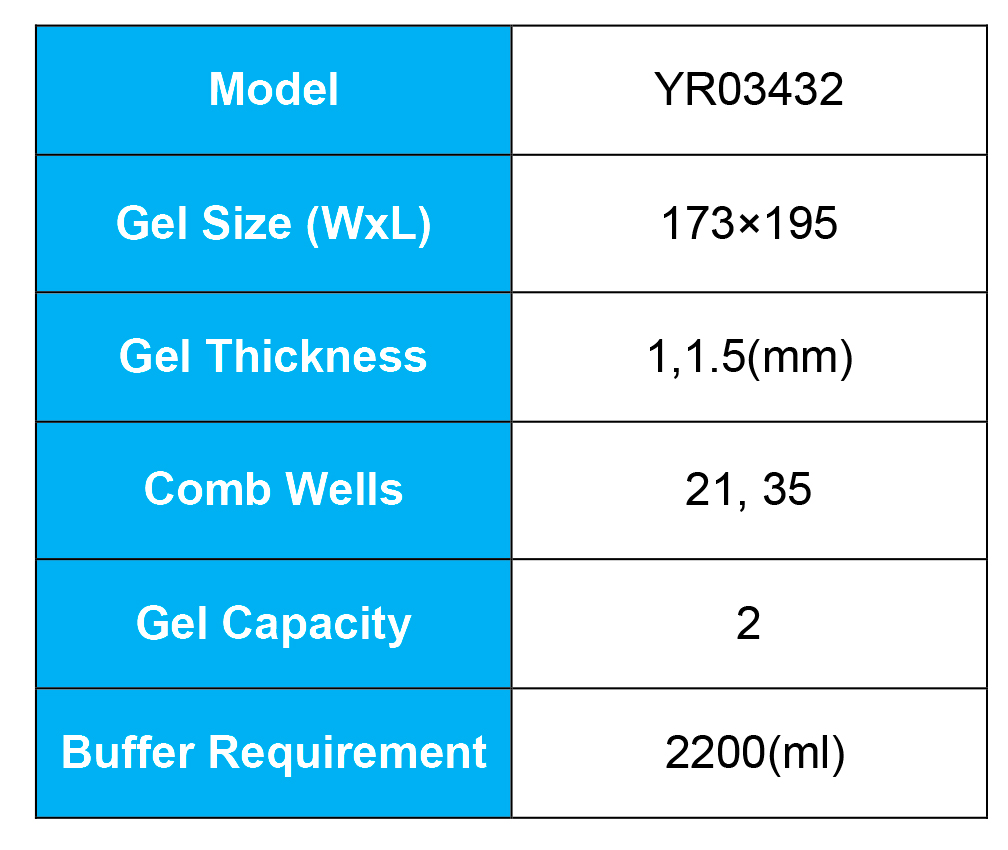
When considering high-performance vertical electrophoresis systems, two prominent products stand out: the Vertical Electrophoresis Tank YR03432 by Kalstein and the Vertical Electrophoresis Cell by Bio-Rad. Both are renowned for their effective electrophoretic separation capabilities, but their features and specifications offer unique advantages tailored to different user needs. The Kalstein Vertical Electrophoresis Tank YR03432 is designed […]
Comparative Analysis of Doppler Ultrasound Fetal Monitor YR02181 and Sonoline B Handheld Pocket Fetal Doppler
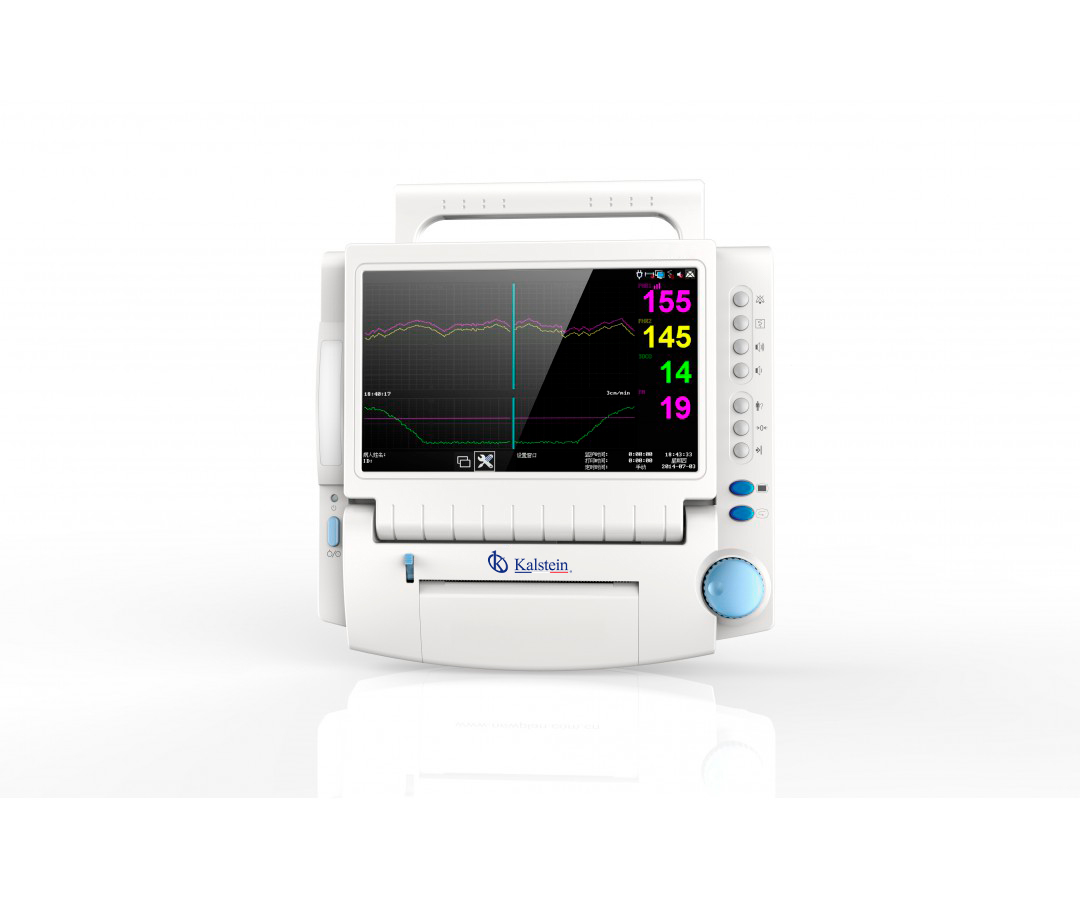
In the realm of prenatal monitoring, choosing the right fetal doppler can make all the difference. The Doppler Ultrasound Fetal Monitor YR02181 from Kalstein and the Sonoline B Handheld Pocket Fetal Doppler by Contec are two prominent names in the market. Both devices are designed to provide expectant parents and healthcare professionals with the reassurance […]
Advanced Comparison of the 3D Oscillator Shaker YR06053 by Kalstein vs. MultiBio 3D Shaker by Benchmark Scientific
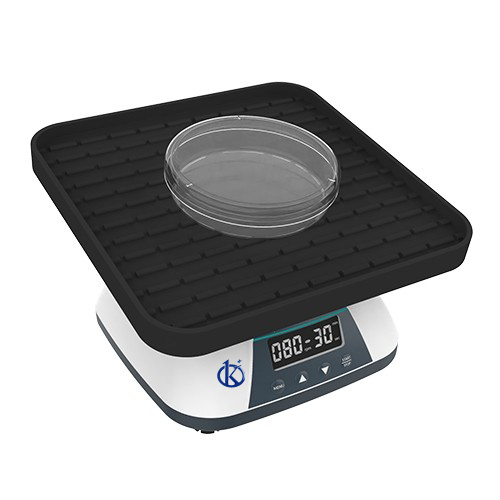
In the realm of laboratory equipment, it is imperative to select not just an efficient, but also a highly reliable tool. The 3D Oscillator Shaker YR06053 by Kalstein and the MultiBio 3D Shaker by Benchmark Scientific are two such devices known for their remarkable performance. This article provides an in-depth comparison of these two products, […]
